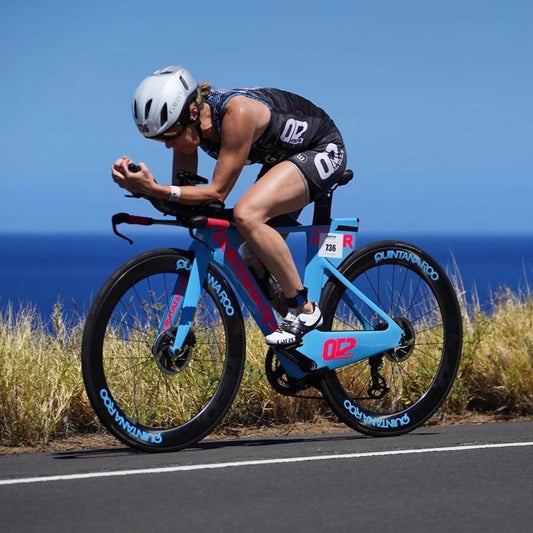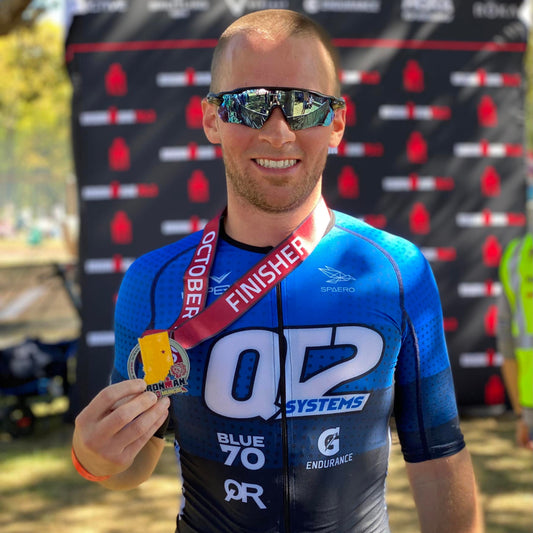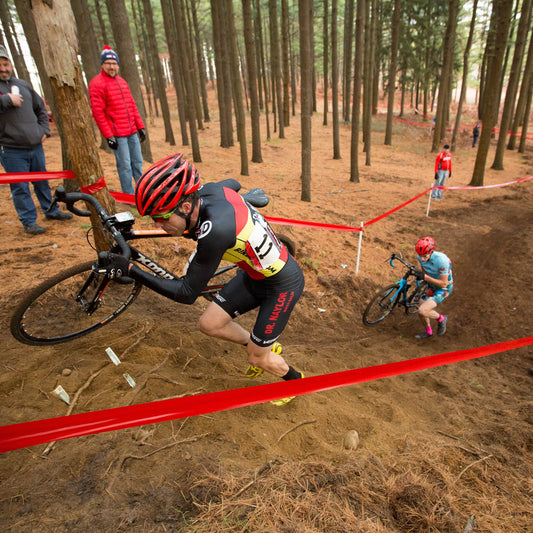Written by Coach Reem Jishi
With close to one thousand marathons offered throughout the world each year, how do you pick which one is next on your list? Here are some factors to consider.
- Size: Marathons vary in size from a handful of participants to more than 50,000 participants, and everywhere in between. The size of the marathon will have a large impact on your race day experience. Big city marathons, such as New York City, Chicago, Paris, Berlin, London and Boston, to name a few have incredible energy. The streets are lined with spectators, and it’s unlikely that you will ever be running on your own. Big races also tend to have the advantage of having good on course support, including frequent and well-stocked aid stations, medical support, porto potties, mile markers, timing mats and clocks, pacing groups and organized race day logistic; and perks such as quality medals, race swag, expos, on course photographers, runner tracking, post-race food and entertainment. All of this sounds great, but may be overwhelming to some. In addition, there are downsides to the larger races. Probably most significant is that the course can be very crowded, especially at the beginning. You may spend your first few miles running at slower than target pace or wasting energy (and adding distance) by trying to weave through runners or take a less than ideal line. In general, after a few miles, the crowds will ease up and you will more readily find your own space, but the lack of ideal conditions early on, can have a significant impact on your race. Another potential downside to larger races is that they often have more complicated race day logistics. Getting to the start line can feel like its own race (especially for point to point races). Challenges include finding parking, navigating road closures, crowded shuttle buses or public transportation, and long security lines. Larger races can also be more expensive, with higher entry fees and potential for additional travel costs. Small races have their own pros and cons. The biggest pro is that you can run your own race. You can take the best line and control your own tempo. On the flip side, the small races tend to have significantly less on course support. For example, aid stations will likely be spaced further apart and have less offerings. The course may not be as well marked and you may not have regular mile markers or clocks on course. There may be long stretches of road without spectators, and you will likely find yourself running alone at some point. Some people thrive under these conditions, others falter. Perhaps the best option is somewhere in between. My personal sweet spot is in the 5000-8000 runner range. This size generally has reasonable on course support, a good balance between crowds and free space, and less complicated race day logistics.
- Date: The next question to ask yourself is when you want to race. The time of year will have an impact on race conditions. Temperature, humidity, dew point, wind and precipitation will all effect your race day. In general, the ideal marathon temperature is in the low to mid 40s. However, individual factors such as weight, gender, run speed and current training conditions will have an impact. For example, women tend to run better in slightly warmer conditions. Larger runners tend to generate more heat and so run better in cooler temperatures. The faster you run, the more heat you generate (you’ll often see very different clothing choices throughout the field depending on pace). If you are training in warm temperatures it is easier to race in warm temperatures vs. someone who is training in cold temperatures. Also consider your availability to train. You will hit your peak miles 12-2 weeks out from race day. What does your time availability look like during those weeks? What are the weather conditions you will be dealing with? Are you prepared to run when its dark out? Are you okay with incorporating indoor runs into your training program? Fall marathons are popular for a reason! Although, if you live in Florida, weather-wise it’s definitely more comfortable to train for a spring marathon.
- Location: Where do you want to race? Logistically, it’s always easiest to do a race closer to home. It takes away the stressors of travel and uncertainties that can come with being in an unfamiliar environment. This can be further complicated if the race is in a different time zone or if you are traveling Internationally. Racing close to home also tends to be more budget friendly, since you can avoid lodging and travel costs. Additionally, racing close to home also means that you will be racing in the conditions you have been training in, and offers the further benefit of being able to train on the course. However, racing close to home tends not to carry with it the same excitement as traveling to a different city. Destination races can also be a great way to bring your family along and make it into a vacation. If you decide to travel internationally, you may want to consider arriving a few days before the race to give your body time to adjust to a new time zone. If you are traveling with friends or family, plan to carve out time for yourself in the days leading up to the race, and defer your vacation plans until after race day. Also, you will want to bring your regular nutrition with you.
- Course: There are a few aspects to look at when evaluating a course. First is the course terrain. It comes as no surprise that the quickest marathons are downhill races or flat races with minimal turns. However, downhill races can take a toll on your quads, so if you opt for a race with significant decline, make sure to include focused strength training in your race preparation plan. A rolling course, on paper, may not be quite as quick, but you use your running muscles a bit differently if you are running uphill or downhill, and so having some variation can slow the fatigue in your legs and make for a better day. A lot of twists and turns can also add some distance to the race. When races are certified, the course is measured at its shortest point. But how often have you finished a marathon only to see that your watch says 26.4 miles or more. It’s hard to take the best line, especially if the course is crowded. As a tip, if you pick a race with a lot of turns, practice taking the shortest line when out on your training runs, and be very intentional about your line on race day. In addition to terrain and turns, also consider road surface. It’s quicker to run on asphalt than it is to run on trail or hard pack.
- Concurrent Races: Another consideration is if there are additional races scheduled concurrently with the marathon. Several races also include a half marathon. Sometimes starting the full and half together with the half peeling off along the way. Sometime the half starts mid course and finishes with the full. Other times, the races overlap at different points. Having concurrent races can result in changes in crowding along on the course, but perhaps more importantly, can have a mental impact. If the races start together, and then all of a sudden half of the field pulls off to finish, how do you respond? Or, if you are in the final 10K of your race and just trying to stay focused and push through, what happens when someone with fresh legs (or a lot of people with fresh legs) push past you?
- Day of the Week and Start Time: A couple of other factors to note are the day of the week and start time. Day of the week may be relevant, for example, due to religious considerations or travel schedules. If you are traveling, it’s best to give yourself a couple of days at the race location. Ideally, you won’t depart until the day after the race. Race start time can also be important. Marathons start as early as 6 am and can be as late as 11 or 12. When do you run the best? A 6 am start time means a 3 am or earlier wake up call. Races which start later tend to be because of more challenging pre-race logistics or multiple wave starts - like in Boston or NYC. A late start time can complicate pre-race fueling.
As you navigate your way through this considerations, there is no right or wrong answer. Making the commitment to train for and race a marathon is a big one, and it’s important to think through the options so that you can find a race that works best for you.






